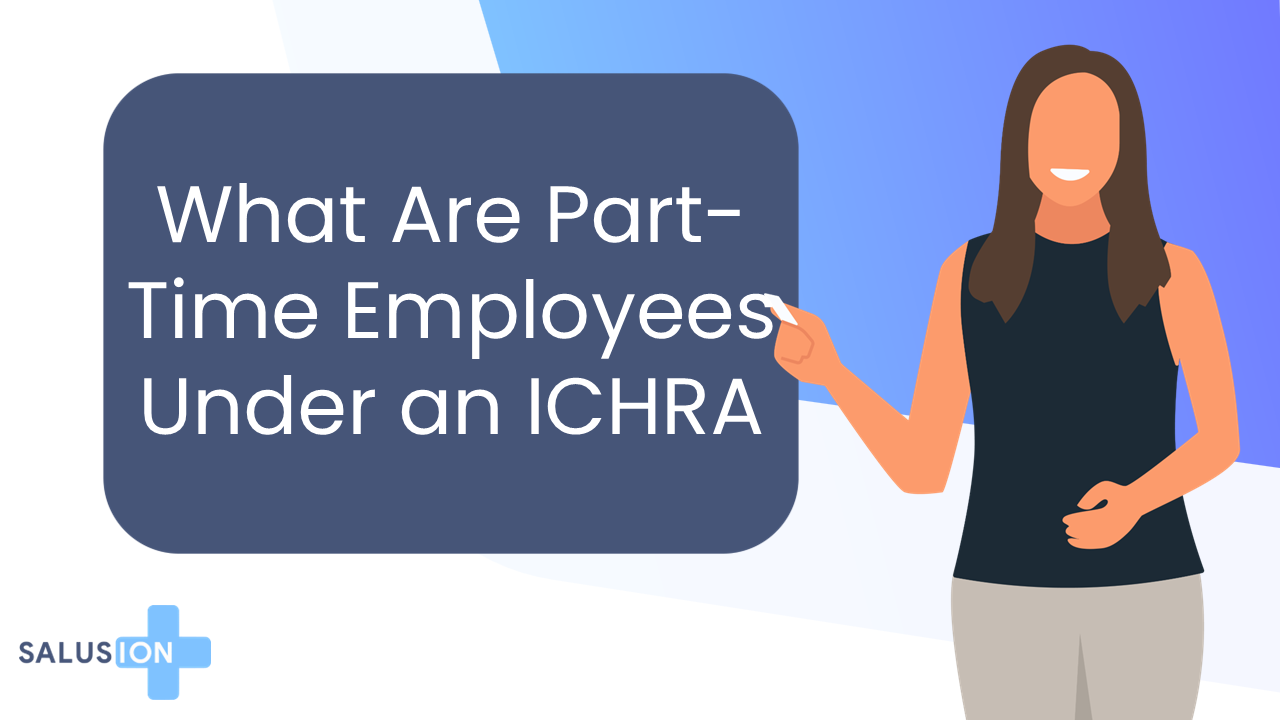Under the ICHRA regulations, when you carve out a class of “full-time” or “part-time” employees you must choose one of these two fixed tests and apply it consistently across all your employee classes.
- The § 4980H Test:
- Part-time employee means they are expected to be employed on average less than 30 hours of service per week.
- The § 105(h) Cafeteria-Plan Test:
- Under 25 hours per week: always part-time
- Between 25 and 34 hours per week: part-time only if there are other similarly-situated employees who work substantially more hours; otherwise they’re full-time.
- Under the § 105(h) (cafeteria-plan) definition: Part-time employees whose customary weekly employment is less than 35 hours, if other employees in similar work with the same employer (or, if no employees of the employer are in similar work, in similar work in the same industry and location) have substantially more hours. Notwithstanding the preceding sentence, any employee whose customary weekly employment is less than 25 hours may be considered as a part-time employee.
- 35 hours per week or more: always full-time
Key takeaway: You get to choose which of these regulatory definitions to use; but you cannot mix or invent your own thresholds.
How Do You Determine Typical Weekly Hours
When schedules fluctuate week to week, you average over a stable “representative period” to determine each employee’s customary weekly employment:
- Choose a representative period — e.g. the most recent 4–12 weeks of actual hours worked (payroll or time-card data).
- Compute the average weekly hours over that representative period
Bottom Line:
ICHRA sponsors may choose either the strict § 4980H Test or the more ambiguous § 105(h) Cafeteria-Plan Test—but not both and not a custom cutoff. Once chosen, apply your method consistently to every employee class you establish under your ICHRA. That approach turns potentially volatile schedules into a simple, defensible part-time classification.

subtopic

subtopic






